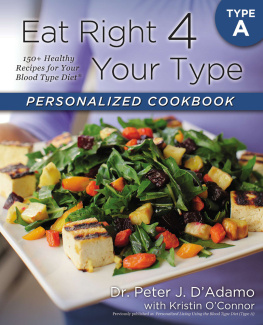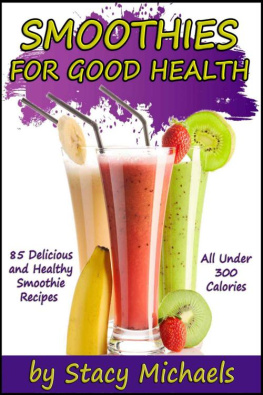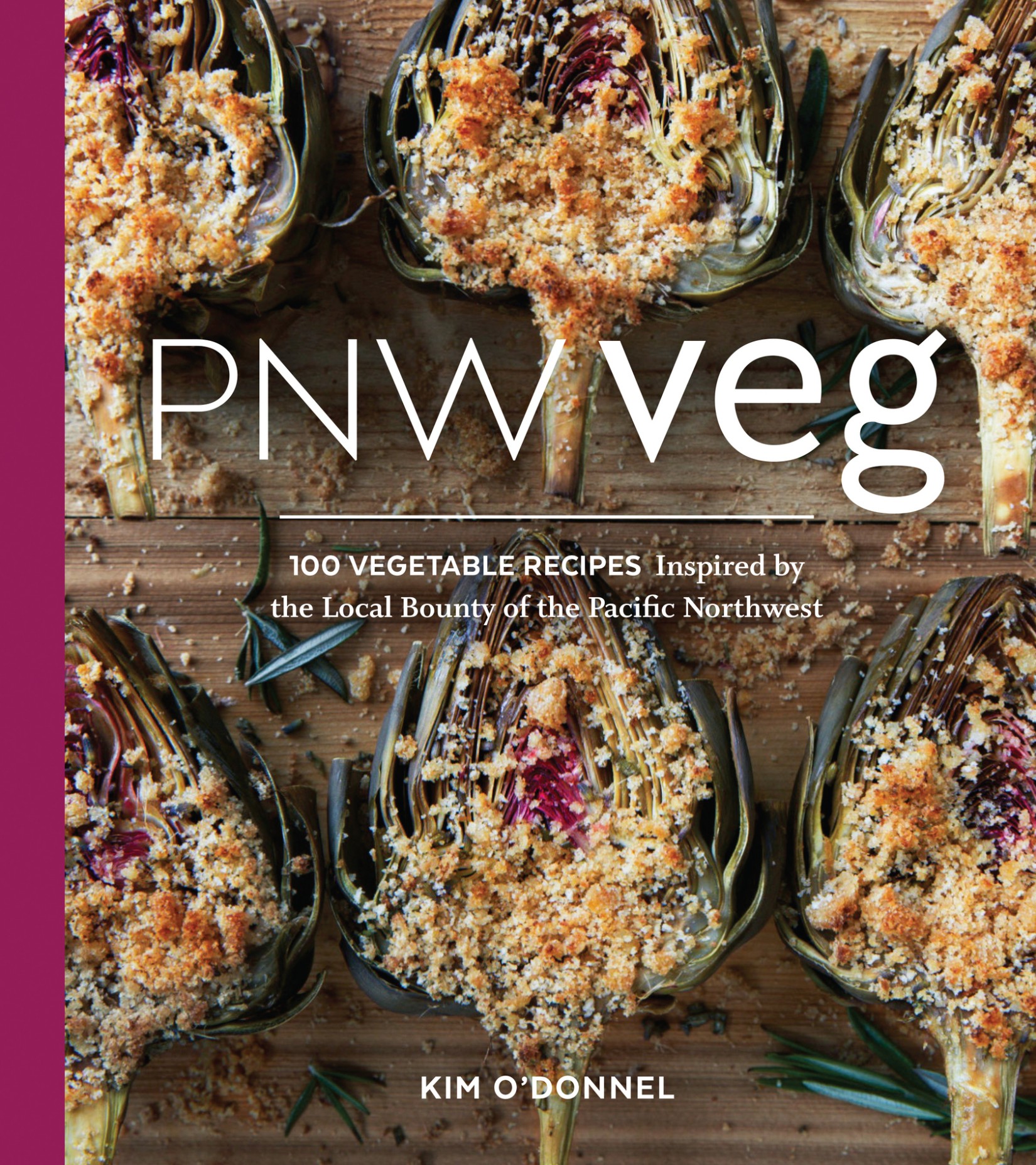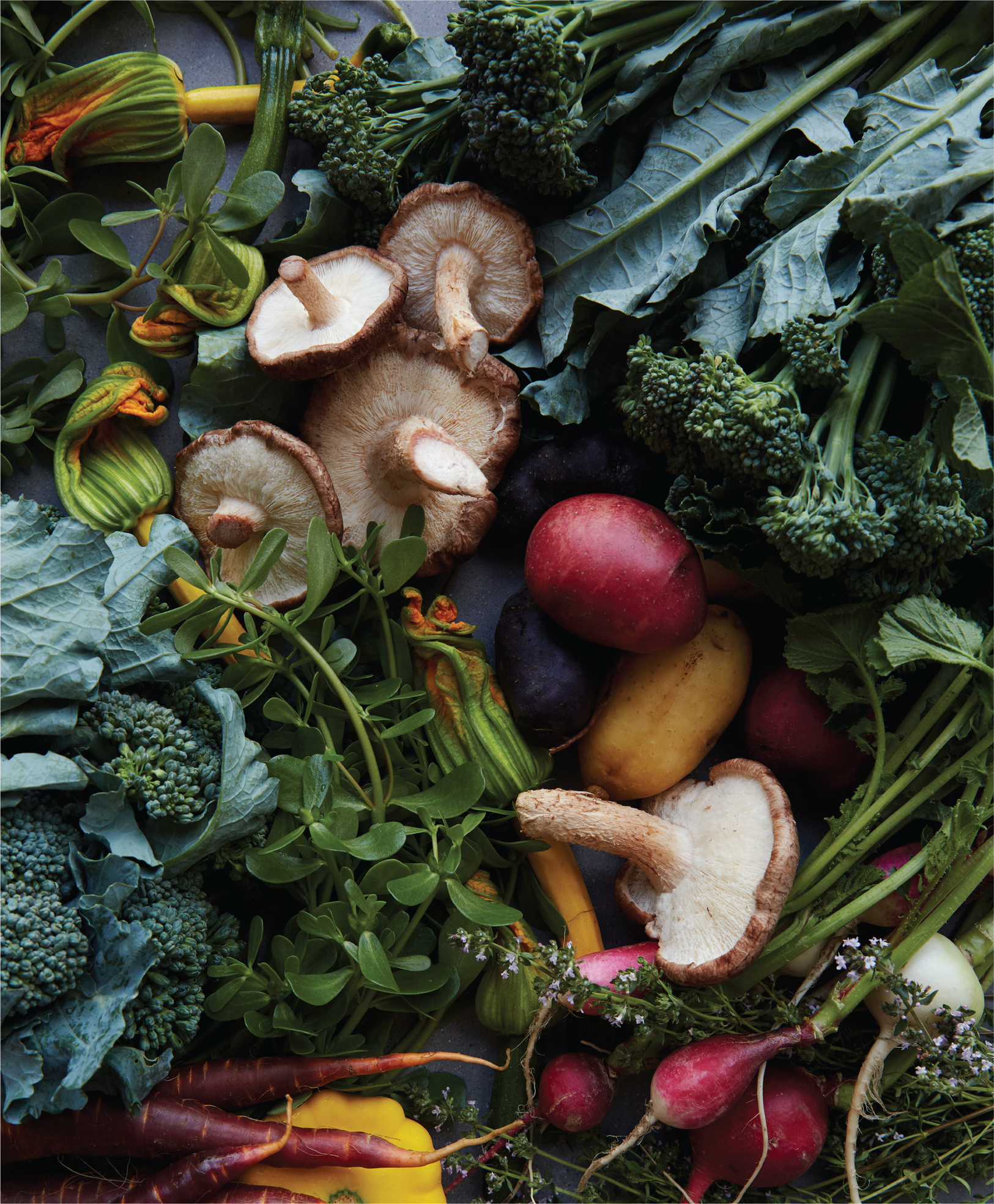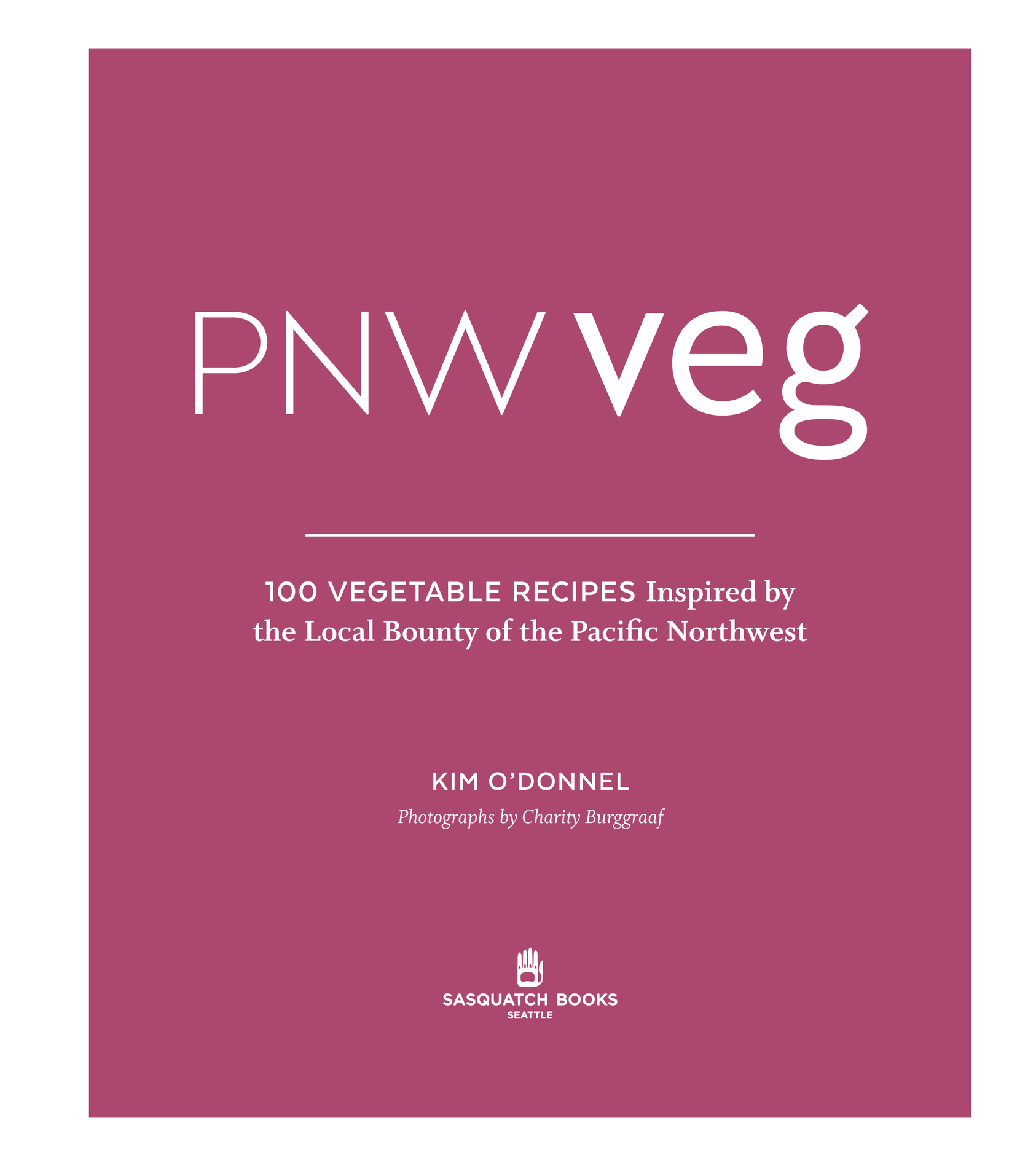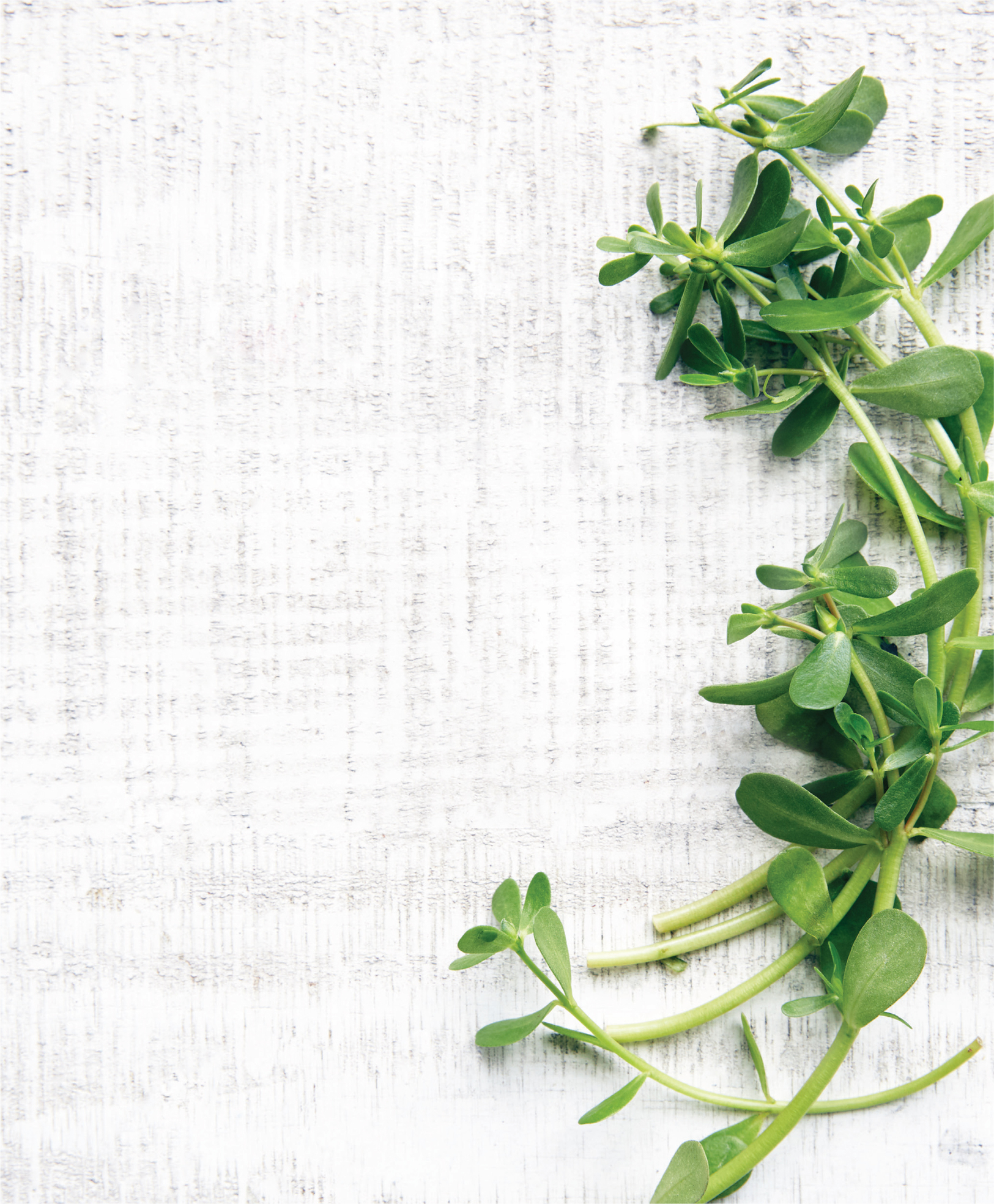PRAISE FOR PNW VEG:
Sassy sister Kim ODonnel digs deep into the Pacific Northwest for a fresh crop of recipes as fun as they are fascinating. Foraging for new ingredients while putting a spin on old favorites, she grooves on greens and grains, proves her mettle with the nettle, and picks a peck of (local) produce sure to turn even the most devout carnivore into a veg lover.
NANCY LESON, KNKX Radio, food commentator
PNW Veg is a feast for your eyes and your tummy! Kim ODonnels creative combo of flavors accompanied by lively personal narrative and tips will get you out of your recipe rut and ignite a passion to prepare plants. Eating healthy, local, fresh produce will never be boring again!
TRUDI INSLEE , first lady of Washington
What a colorful and exciting collection of recipes brimming with lively flavors. This is a book people can love and a book to cheer about. Maybe with the help of Kims Rhubarb Salsa, people will fall in love with raw rhubarb too!
PAULA WOLFERT , award-winning author of nine cookbooks, including The Food of Morocco
Velvety and sexy, crackling and crunchy, PNW Veg is a culinary bounty. Alongside sumptuous photography, these recipes are vivid, fresh, and filled with delights, from fried fiddleheads to chocolate-beet bundt cakeeach is tantalizing and original. ODonnel draws forth the pleasures of eating your vegetables. Readers will be intrigued, delighted, and absolutely inspired.
DIANA ABU-JABER , author of Life without a Recipe and The Language of Baklava
Vegetables are wicked sexy dressed or undressed, and they are plentiful and all around us. Kim spotlights these sexy little beasts from the PNW with her veg-forward, plant-passionate voice and friendly, doable recipes. No matter what corner of the globe youre in, this cookbook will show you how to delight all you serve.
DEREK SARNO , plant pusher at WickedHealthyFood.com
Copyright 2017 Kim ODonnel
All rights reserved. No portion of this book may be reproduced or utilized in any form, or by any electronic, mechanical, or other means, without the prior written permission of the publisher.
Published by Sasquatch Books
Editor: Susan Roxborough
Production editor: Em Gale
Design: Anna Goldstein
Photographs: Charity Burggraaf
Food styling: Julie Hopper
Copyeditor: Rachelle Long McGhee
Library of Congress Cataloging-in-Publication Data is available.
ISBN9781632170538
Ebook ISBN9781632170545
Sasquatch Books
1904 Third Avenue, Suite 710
Seattle, WA 98101
(206) 467-4300
www.sasquatchbooks.com
In memory of Ralph Loglisci, champion of sustainable agriculture and investigative journalism, snatched from Earth much too soon
CONTENTS
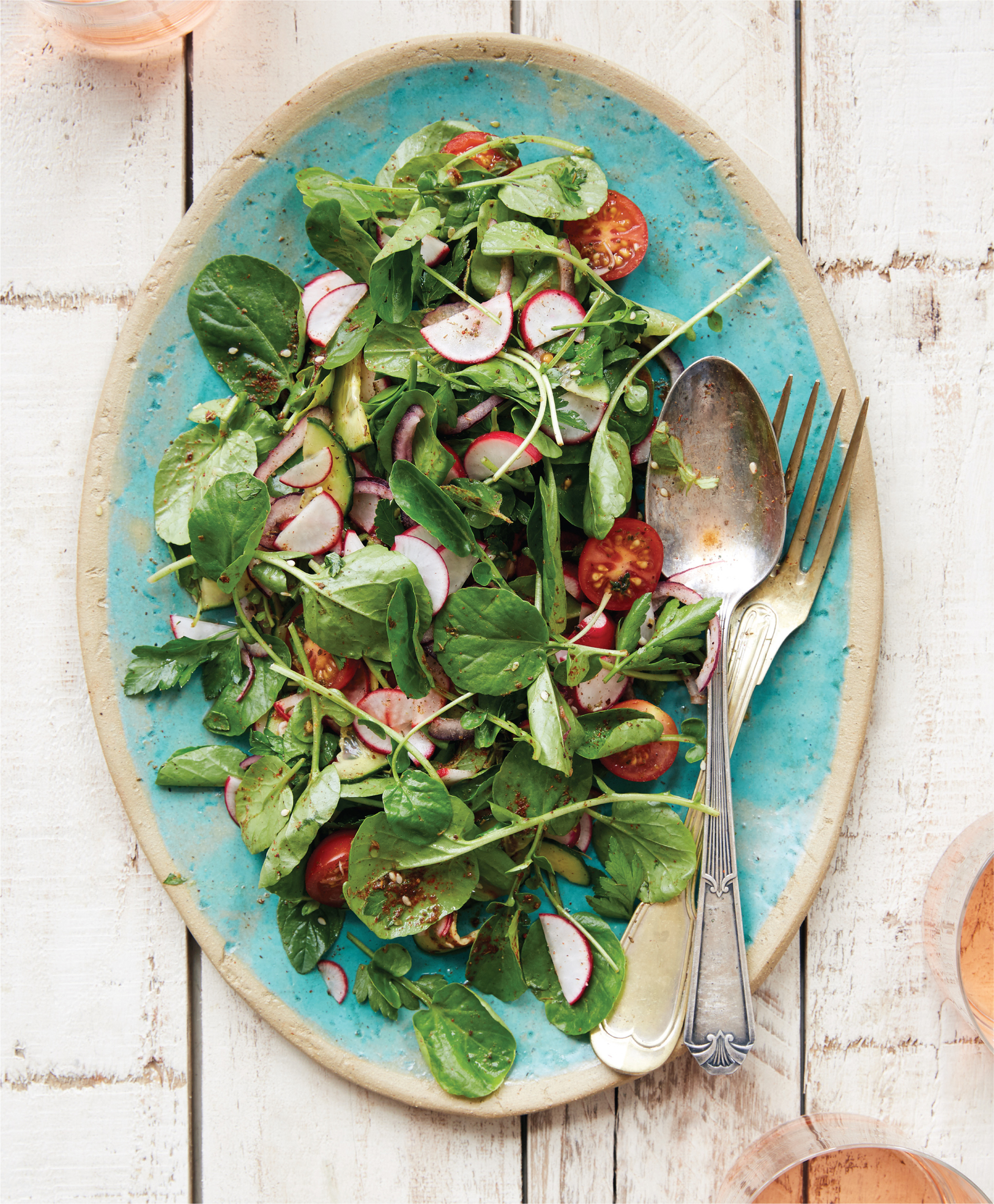

INTRODUCTION
T WO YEARS AGO, MY EDITOR, S USAN R OXBOROUGH , approached me about writing a vegetarian cookbook with a Northwest focus. At the time, I was unsure what that might entail. As the author of two previously published vegetarian cookbooks, I had navigated the terrain of meatless cooking specifically with the omnivore in mind and an emphasis on less (rather than no) meat. But I wondered: was there enough plant matter to explore this regionally? After all, like so many others, when asked to name ingredients that make the Pacific Northwest distinctive, my thoughts immediately turned to wild salmon and other cold-water sea creatures, with berries a close second. Vegetablesnot so much.
After that meeting, I started carrying a notebook, jotting down the produce that I had come to love since moving to Seattle from the other Washington in 2008. Right away I noticed a very different lineup at local farmers markets. In Virginia, my prior home, local legumes were limited to green beans and fresh lima beans or hull peasall delicious but in relatively short supply. Now my legume choices included black beans, chickpeas, and pinto beans, sold at a fair price. As a part-time vegetarian, I frequently cooked with beans and lentils, but little did I know about the legume paradise that awaited me. The Palouse regiona lush area that spans Eastern Washington and northern Idahois essentially the countrys bread basket for chickpeas and is a top producer of lentils.
To explore the book through a gluten-free or vegan (no dairy, eggs, or honey) lens, look for the following icons in the top corner of the recipes:
gf = Gluten-Free
V = Vegan
I noticed that fall produce went on for a good long timesometimes right up to Thanksgiving, which meant late peppers, eggplants, and the last of the tomatoes. Even winter, which is typically a dead zone back East, provided hardy greens like kale and collards, and frost-resistant roots like sunchokes. And no one need wait for asparagus to give the sign that spring has arrived: the Northwest has stinging nettle as its sirenminers lettuce and wild watercress too. All of this is for the taking. But almost nothing compares to a Northwest summer, when the sun stays out late and the produce is, in a word, magnificent.
My notebook scribblings made me realize that it wasnt just easy to eat vegetarian in the land of the geoduck and the Dungeness crab, it was extraordinary. From the misty forests of mushrooms and fiddlehead ferns along the Olympic Peninsula to the orchards of the Hood River fruit loop, from the fertile prairies of the Palouse to the artichoke-friendly Mediterranean climate of the Oregon coast, the agricultural diversity and abundance of this region is difficult to surpass.
It was easy to say yes to this book. And because of the bounty of Americas left corner pocket, it has been easy to call the Northwest home. It is where I do much more than dabble in local produce; I live by it.
With this plant-first collection, I take you on my vegetable adventures, in which I dig deep into what makes this land of abundance so delicious. I hope you enjoy cooking from this book as much as I did cooking it up.
how this book is organized
There are nine chapters on the pages that follow. I serve up some of the traditional coursesstarters, soups, and saladsalong with a hefty lineup of beans, eggs, lentils, and tofu in a chapter called Protein. The Sweet Endings chapter isnt just fruit forwardin addition to huckleberries, you might find parsnips or beets in your cake or lentils in your cookies.





